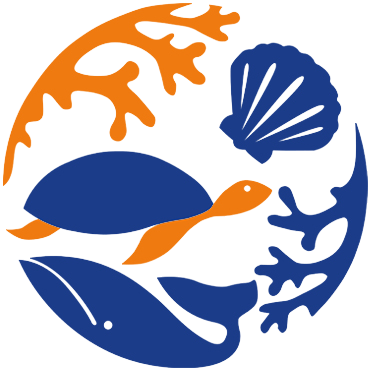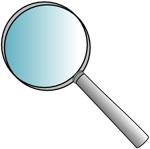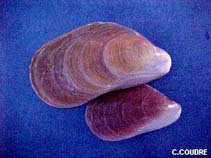Modiolus barbatus (Linnaeus, 1758)
Bearded horse mussel| Native range | All suitable habitat | Point map | Year 2050 |

|
| This map was computer-generated and has not yet been reviewed. |
| Modiolus barbatus AquaMaps Data sources: GBIF OBIS |
Classification / Names Common names | Synonyms | CoL | ITIS | WoRMS
Bivalvia | Mytilida | Mytilidae
Environment: milieu / climate zone / depth range / distribution range Ecology
Benthic; depth range 3 - 200 m (Ref. 2754). Subtropical; 62°N - 8°N, 32°W - 78°E
Distribution Countries | FAO areas | Ecosystems | Occurrences | Introductions
Eastern Atlantic, Mediterranean and Black Sea: from UK south to Mauritania and east to India.
Length at first maturity / Size / Weight / Age
Maturity: Lm ? range ? - ? cm Max length : 6.6 cm SHL male/unsexed; (Ref. 7859); common length : 3.0 cm SHL male/unsexed; (Ref. 7859); max. reported age: 13 years (Ref. 80239)
Minimum depth from Ref. 122114. Generally occurs in marine coastal habitats (Ref. 122115). Occurs in the lower eulittoral-sublittoral fringe from lower depths to 110 m (Ref. 7859). Main food and feeding type based on another species of the same Genus; to be replaced with a better reference (Ref. 95810).
Life cycle and mating behavior Maturity | Reproduction | Spawning | Eggs | Fecundity | Larvae
Members of the class Bivalvia are mostly gonochoric, some are protandric hermaphrodites. Life cycle: Embryos develop into free-swimming trocophore larvae, succeeded by the bivalve veliger, resembling a miniature clam.
Main reference
References | Coordinator | Collaborators
Demir, M. 2003. (Ref. 2754)
IUCN Red List Status (Ref. 130435)
CITES status (Ref. 108899)
Not Evaluated
CMS (Ref. 116361)
Not Evaluated
Threat to humans
Human uses
Fisheries: commercial
| FishSource |
Tools
More information
Internet sources
BHL | BOLD Systems | CISTI | DiscoverLife | FAO(Publication : search) | Fishipedia | GenBank (genome, nucleotide) | GloBI | Gomexsi | Google Books | Google Scholar | Google | PubMed | Tree of Life | Wikipedia (Go, Search) | Zoological Record
Estimates based on models
Preferred temperature
(Ref. 115969): 7.1 - 15.4, mean 10.3 (based on 79 cells).
Resilience
(Ref. 69278):
Medium, minimum population doubling time 1.4 - 4.4 years (K=0.18-0.21; tmax=13).



